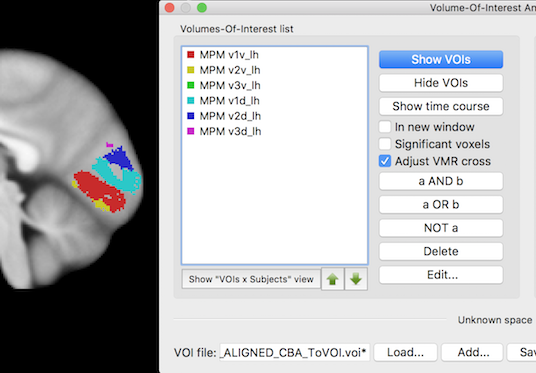

If you are using a web API, you may choose instead to import the data directly from the web. This should bring you into the query editor. Find the file on your disk and click Import. When clicking From JSON, you will be presented with a file browser. Once a dashboard is saved, an integer value is assigned to the id field. Step 1: Open The Data in the Query Editor. Note: In the following JSON, id is shown as null which is the default value assigned to it until a dashboard is saved. When a user creates a new dashboard, a new dashboard JSON object is initialized with the following fields: In the top navigation menu, click the Dashboard settings (gear) icon.Dashboard metadata includes dashboard properties, metadata from panels, template variables, panel queries, etc. The query editor will close and the data will appear as a table in Excel.A dashboard in Grafana is represented by a JSON object, which stores metadata of its dashboard. Step 3: Bring the Table Back Into ExcelĬlick Close and Load to bring the data back into Excel as a Table.

Select the columns you want Excel to make use of and then click OK. Click the arrow icon to expand the table. To do so, double click the name and type a new one. The JsonConvert class is present in the framework, which does not come pre-installed. spacy format: python -m spacy convert./data.json. spacy convert lets you convert your JSON data to the new. Instead of converting Doc objects to JSON, you can now serialize them directly using the DocBin container and then use them as input data. The JsonConvert class can be used to read JSON data into objects and variables and write objects and variables in JSON format in C. As of v3.0, the JSON input format is deprecated and is replaced by the binary format. You may want to rename the table before doing this. Read a JSON File With the JsonConvert Class in C. Click the icon with two arrows pointing away from one another to expand the table.


Additionally, json.load () lets you load in a file. Much like json.dumps (), the json.loads () function accepts a JSON string and converts it into a dictionary. Once you have the list as a table, you need to specify which columns you want excel to make use of as well as have the opportunity to specify how any inner lists (array fields) may be dealt with. The mapping between dictionary contents and a JSON string is straightforward, so its easy to convert between the two. Click “To Table” to convert the list to a table. One you have found the list you are looking for, the list needs to be converted to a table for Excel to use. Click through the record to see what’s inside Once you find the list, go ahead and click it to open it. Click through any single records until you find a list.
#Json reader disk map code
5> Paste all generated code into the newly created class. Our focus here is going to be on the JSONB data type because it allows the contents to be indexed and queried with ease. The key difference between them is that JSON stores data in a raw format and JSONB stores data in a custom binary format. Start reading the JSON objects one by one, based on their type i.e. Use FileReader to read JSON file and pass it to parser. First of all, we will create JSONParser instance to parse JSON file. cs file with the same name (here 'Welcome.cs') Welcome.cs. PostgreSQL has two native data types to store JSON documents: JSON and JSONB. To read JSON from file, we will use the JSON file we created in the previous example. 4> Copy generated code and go to your Project and Create a new. 3> Select required Language (here C) from Options menu. This should fetch the file and bring you into the query editor. 2> Copy and Paste your JSON file structure into Left sidebar. To do this, instead of clicking “From JSON”, click “From Web” and enter the URL. ObjectMapper mapper new ObjectMapper () InputStream is ('/test.json') testObj mapper.readValue (is, Test.class) Share. If you are using a web API, you may choose instead to import the data directly from the web. You can use jackson library and simply use these 3 lines to convert your json file to Java Object. String clsPath new ClassPathResource ('data/data.json').getPath () Sometimes if you are reading different extension file like. jsonStr, err : json.Marshal (x) JSON supports key of string type only. Path file ResourceUtils.getFile ('data/data.json').toPath () or ClassPathResource. This should bring you into the query editor. In spring boot project you can use ResourceUtils. When clicking “From JSON”, you will be presented with a file browser. Step 1: Open The Data in the Query Editor


 0 kommentar(er)
0 kommentar(er)
